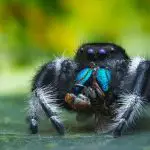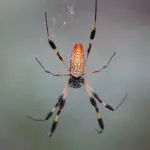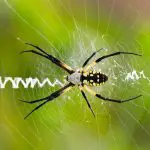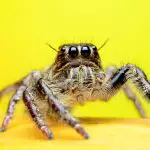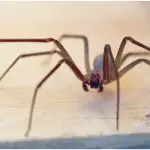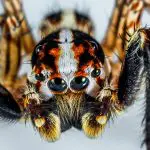Hello fellow spider enthusiasts! If you’re anything like me, your interest in our eight-legged friends goes beyond casual curiosity. As a dedicated arachnid hobbyist, I often find myself answering a myriad of questions about these fascinating creatures. Something I was asked recently is, “Does Oregon have brown recluse spiders?”
Whilst Oregon is an absolutely incredible place for wildlife, it doesn’t actually have any native Brown Recluse spiders. It does have some other arachnid species worth watching out for, however. Let’s find out more…
Are Brown Recluse Spiders in Oregon?
First things first, the answer is, generally, no. According to reputable sources like the Oregon Department of Agriculture and the Oregon State University Extension Service, the brown recluse spider is not native to Oregon. These spiders typically inhabit the Midwest and South-central parts of the United States.
However, isolated instances of brown recluse spiders have been reported in Oregon. These are usually attributed to the spiders hitching a ride in moving boxes or other items transported from areas where they are prevalent.
But remember, these occurrences are extremely rare, and the brown recluse spider has not established any known populations in Oregon. Also, Relcuse spiders only bite if cornered, and they danger they pose is often exagerrated.
Oregon Spiders – How Venomous Are They?
While Oregon might not be a hotspot for the brown recluse, it’s home to many other spider species, some of which do have venom. However, it’s important to remember that most spiders are harmless to humans. In fact, of the thousands of spider species worldwide, only a handful are dangerous to us.
Here’s a quick summary of venom potency for some common Oregon spiders:
| Spider | Venom Potency |
|---|---|
| Hobo Spider | Previously thought to be dangerous, recent studies show their venom typically doesn’t harm humans. |
| Giant House Spider | Not dangerous to humans. |
| False Black Widow | Their bite can cause discomfort, but they’re not as harmful as actual black widows. |
| Common House Spiders | Usually harmless to humans. |
| Wolf Spider | Their bite can be painful but is not lethal to humans. |
| Yellow Sac Spider | Their bite may cause a small, localized reaction, but is generally not dangerous to humans. |
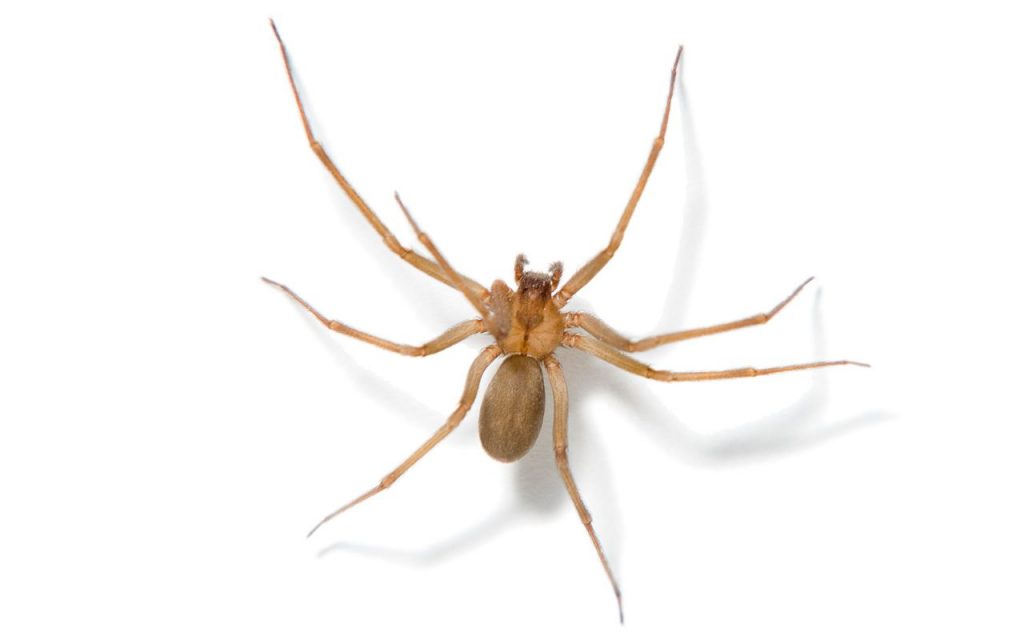
Hobo Spider Oregon
The hobo spider, often found in Oregon, was once reputed to be dangerously venomous. However, more recent studies have refuted this claim. Although their bite might cause some discomfort, it isn’t typically harmful to humans.
Giant House Spider Oregon
The giant house spider, commonly found across the state, is a large species that often startles unsuspecting homeowners. Fear not, though! Despite their size, these spiders are harmless to humans and actually serve as efficient predators of other pest insects.
False Black Widow Oregon
False black widows, as the name suggests, are often mistaken for their more dangerous namesakes. While a bite from a false black widow can cause minor localized pain or discomfort, they lack the potent venom of a true black widow and are not a significant threat to humans.
Common House Spiders in Oregon
Oregon homes often host a variety of spiders like the common house spider, cellar spiders, and cross orbweavers. While they might make some people uncomfortable, they pose little to no risk to humans and are beneficial due to their role in controlling populations of pest insects.
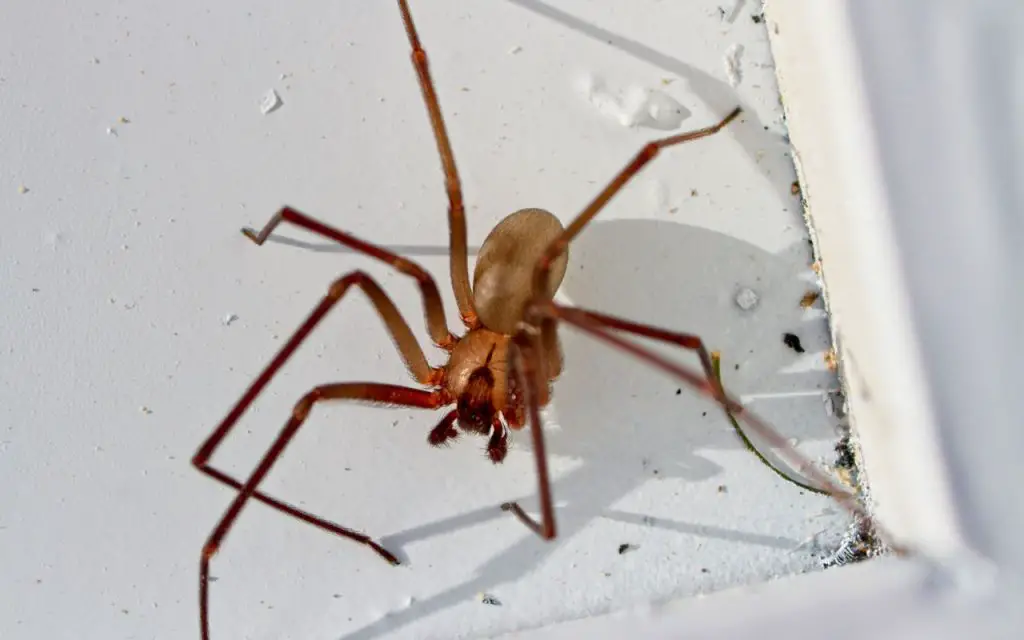
Wolf Spider Oregon
Wolf spiders are another type of spider that Oregonians often encounter. These robust and agile spiders are solitary hunters with a bite that can be painful due to their large fangs, but their venom is not harmful to humans.
Yellow Sac Spider Oregon
The yellow sac spider is one of the more common spiders in Oregon. It’s also one of the few whose bite might cause a mild reaction in humans, including localized pain, redness, and swelling. However, their venom is not considered medically significant.
All-in-all this species isn’t dangerous for most people, but it is often implicated in bites because of how common and widespread it is. Generally speaking, most people get bitten when doing yard work.
My advice is to shake any old boots or clothing that have been left outdoors, and to wear gloves when gardening. Also, be aware that Sac Spiders like plants – they don’t just hide in wood piles like some other species.
Does Oregon Have Brown Recluse Spiders? Conclusion…
In conclusion, while it’s theoretically possible for a brown recluse spider to make its way to Oregon, it’s extremely unlikely, and there are no established populations of this species in the state.
The spiders you encounter in your Oregon home are much more likely to be harmless species like the common house spider, giant house spider, or hobo spider. Even the slightly venomous ones such as the yellow sac spider or false black widow pose little threat to humans.
So next time you spot a spider in your home, remember that they are generally our friends, not foes. Continue exploring the fascinating world of arachnids, and who knows what you’ll discover next in the incredible universe of eight-legged wonders!
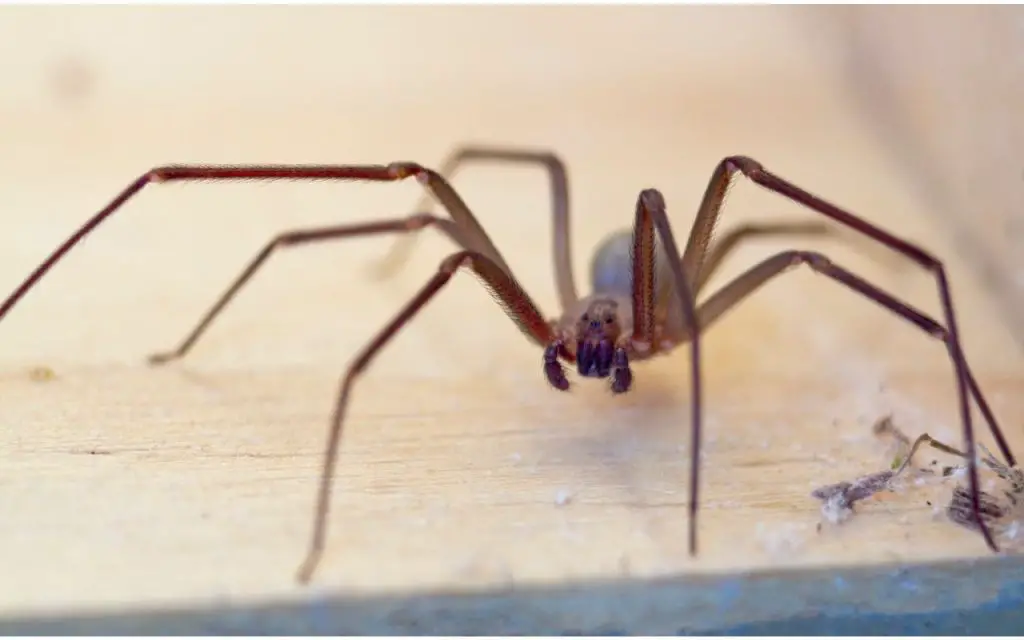
What venomous spiders live in Oregon?
Almost all spiders are venomous, but most have venom that is too mild to do us any harm. That said, Oregon does have a few species that are known to cause mild to moderate discomfort. Yellow Sac Spiders, Hobo Spiders, and False Black Widows all live in Oregon, and can reportedly give irritating bites.
Are there brown recluse spiders in the Pacific Northwest?
Brown Recluse spiders are extremely rare in the Pacific Northwest, and should be considered non-native. They are naturally absent from Washington and Oregon, so if see one there it has almost certainly hitched a ride in from out of state. This can occur when goods or furniture are shipped, even across long distances.
What is the biggest spider in Oregon?
The biggest spider in Oregon is the Giant House Spider (Eratigena duellica), a harmless but very large predator of other invertebrates. Thought to have arrived from Europe around a century ago, this species is actually docile and completely harmless. It’s definitely impressive to look at, but nothing to be scared of. In fact, I regularly handle them when I find them near my home, and have never been bitten.


